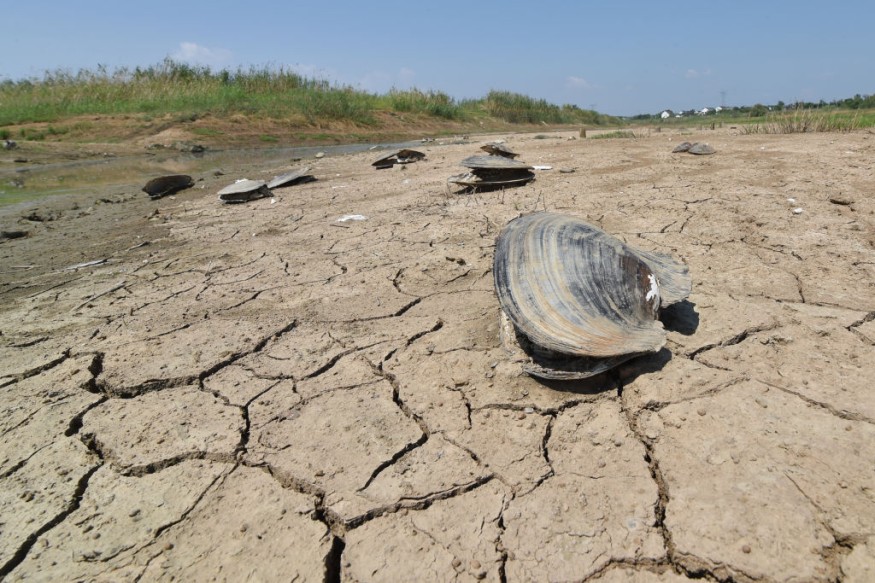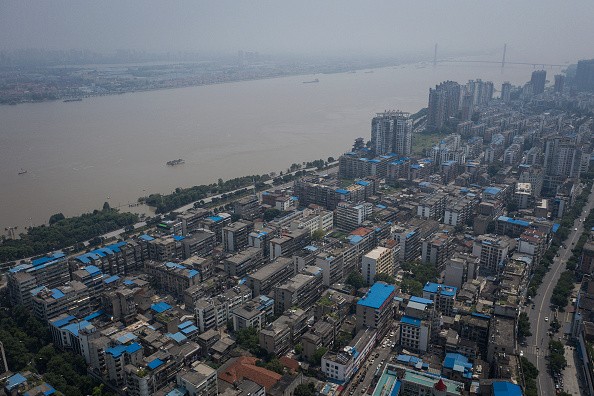Parts of the Yangtze River have dried up due to a record-breaking drought, which has impacted hydropower, shipping routes, and drinking water supplies and even revealed Buddhist monuments that had been submerged.

Source of Water
More than 400 million Chinese people receive water from the Yangtze, China's most significant river. With rainfall in the Yangtze basin being about 45% below average this summer and huge parts and dozens of tributaries drying up, it has reached record-low water levels. Sichuan, which derives more than 80% of its energy from hydropower, has experienced issues due to the reduction in water flow to China's enormous hydroelectric infrastructure.
Drying Up
Images from the Copernicus Sentinel-2 mission provide a three-year comparison of the Yangtze and Jialing rivers in the vicinity of Chongqing. Higher-than-average temperatures cause the river's waters to evaporate more quickly, which, when combined with a lack of precipitation, lowers water levels, delays silt's movement downstream, and accounts for the Yangtze's noticeable color difference in the 21 August 2022 image. West of Chongqing, a few sections of the exposed riverbed are also visible.
Global Problem

The Rhine and Po rivers in Europe, as well as the Colorado River in the US, are among the major rivers drying up due to the record-breaking heat waves. Sentinel-2 is a two-satellite mission that will provide Europe's Copernicus program with the coverage and data delivery required.
In addition to detecting turbidity, the mission's numerous trips over the same region and high spatial resolution enable careful monitoring of changes in water bodies, providing a clear indicator of rivers' health and pollution levels worldwide.
The world's reservoirs, canals, and rivers are being reduced to ash. Droughts and heat waves resulting from climate change have reduced waterways to a trickle.
Waters have receded from the US to Italy to China, leaving only desolate banks of silt and seeping, muddy sand. The canals are bare. Reservoirs are now nothing but dust.
Impacts of Climate Change
Climate change is increasing and has a significant economic impact on the entire planet. A severe threat to trade lanes, agriculture, energy supply, and even drinking water exists when rivers are lost.
The flow of chemicals, gasoline, food, and other commodities throughout the world is threatened by the shrinking rivers that have been vital to commerce for ages.
Global Dry Ups
The causes of the world's streams drying up to a trickle are complicated. La Nina's effects on the weather, the protracted drought in many areas, and just plain bad luck are all factors. But climate change is the main factor causing the shift.
Several elements came together to cause this especially intense occurrence, according to climatologist Daniel Swain of the University of California, Los Angeles. But there is undoubtedly a role for climate change, which greatly increased the likelihood of several severe, record-breaking, and sometimes record-shattering heat waves.
Related Article : "The Lake is In Trouble" - Experts Worried as Utah's Great Salt Lake Hits Historic Low
For more climate and weather updates, don't forget to follow Nature World News!
© 2026 NatureWorldNews.com All rights reserved. Do not reproduce without permission.





